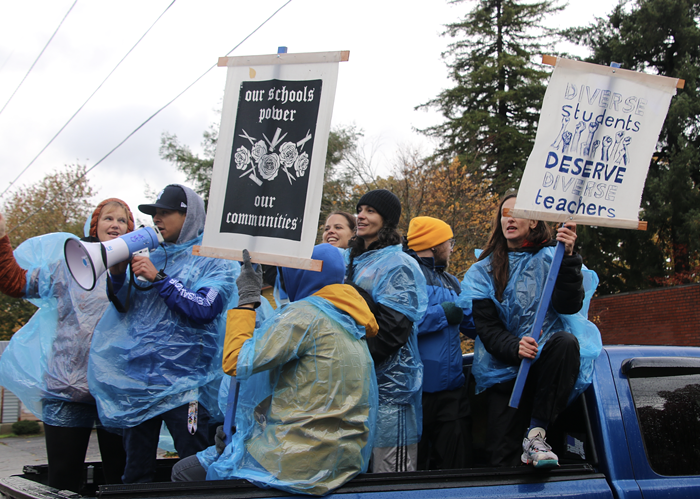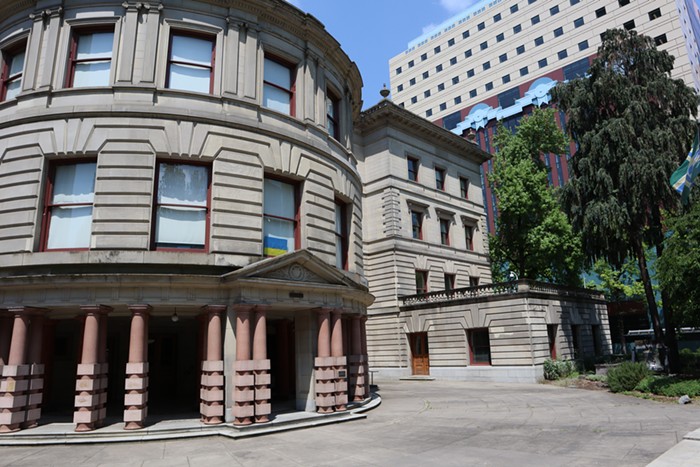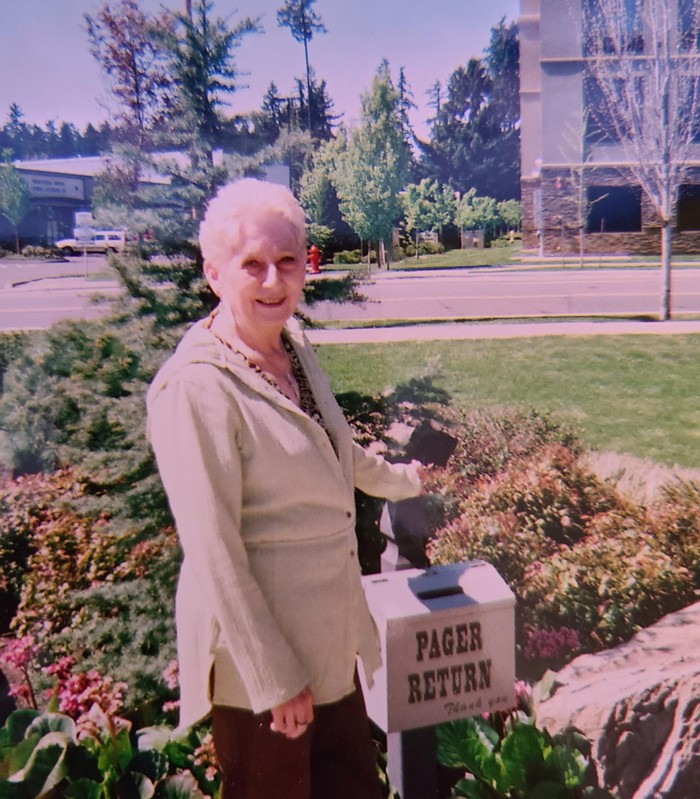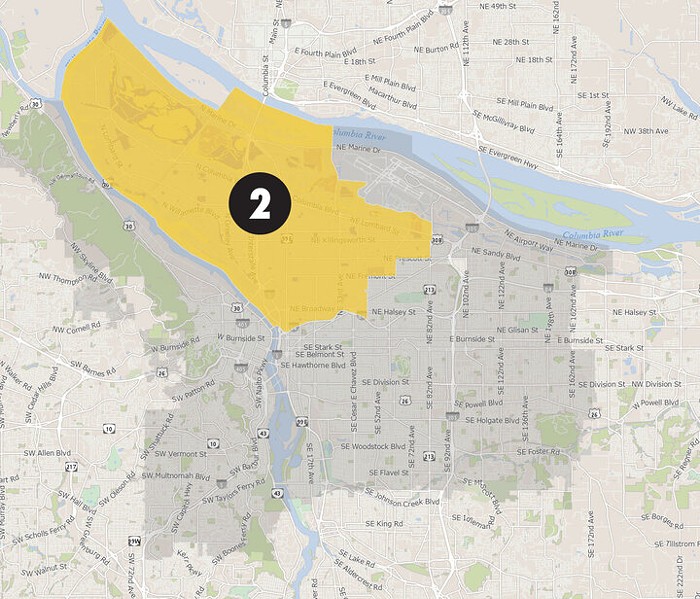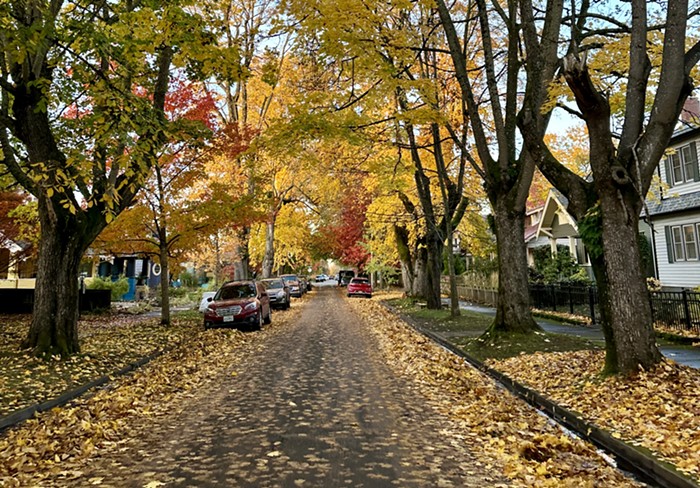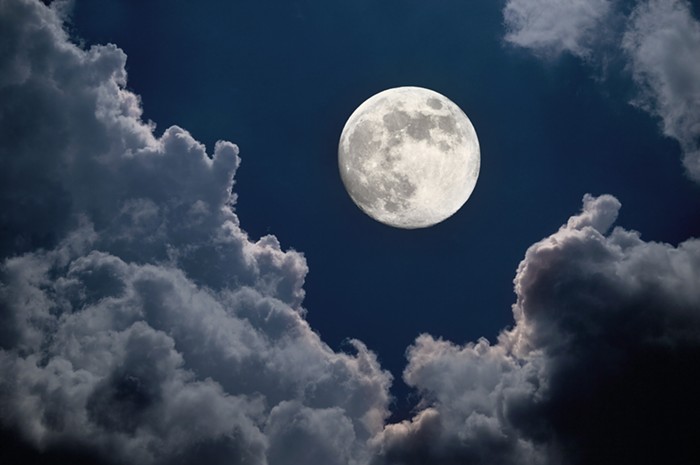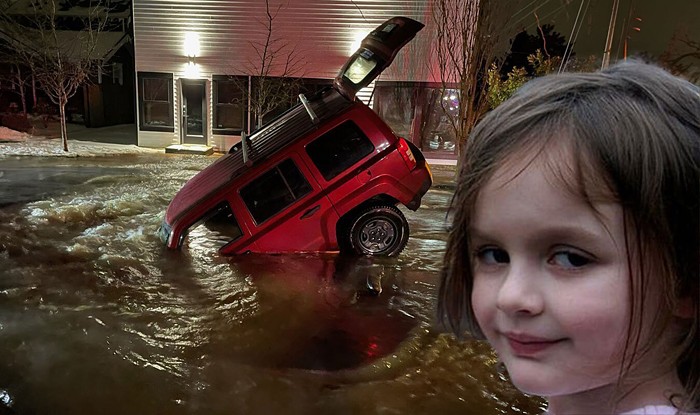What you should also understand is that the town of Ostional, where we were stationed, had no electricity. With roughly 300 residents, the town was a collection of thatch grass huts and one beer cantina. So for light, we used a combination of candles and propane lanterns; in hindsight, a terribly combustible combination.
Finally, the closest hospital was, at best, a three-hour drive. Between Ostional and the nearest "real" city, the roads were not paved, and there were no bridges built across the streams. As you might imagine, this made for a horribly long, bumpy, and painful drive, especially if you happened to be a burn victim.
Earlier that day, one of the students, a sweet, rambunctious woman from Los Angeles, Ari (okay, if you must know, we were dating), and I had taken a moped ride to a nearby fishing village. While we were waiting for the local fishermen to load up our cooler with snapper and lobster, Ari told me about a dream she'd had the night before--that the swirling tattoo on her left ankle had melted off. Again, in hindsight, I should have considered this an omen.
That night, the Fourth of July, after finishing dinner and drinking wine from a box, Ari and I settled into a grass cabaña near the ocean. Some of the other students were already walking along the beach, looking for the first turtles of the night. Ari was gabbing about a witch doctor she had once consulted, and I was prepping a half-dozen propane lanterns.
In order to prep a propane lantern, you puncture the top of a four-inch tall canister of compressed gas and clamp down a plastic housing that includes a wick of sorts. It is a precarious and fragile operation. For good reason, these lanterns have been banned in the United States since the late 1970s. I was finishing the last lantern, when one became unhinged from its propane tank and turned on its side.
I distinctly remember a hissing sound, like a snake warning us to back off. I also recall seeing a spray of venom spitting from the canisters, although I don't actually know if I really saw this or simply imagined it.
A few lit candles were standing nearby. When the propane spat through the flames of the candles, the entire cabaña lit up in a cloud of fire--the type of orange and black oxygen-sucking flameball you normally only see in Hollywood stunts.
Ari's skirt caught fire, and so did she. Later, during our three-hour, pain-filled ride to the hospital, she told me that she heard her second-grade teacher telling her to hit the ground and roll. Even so, she suffered third-degree burns. Her entire calf was raw and bloody red. The tattoo on her ankle had--as her dream predicted--"melted" off.
My leg and arm hair had caught fire. By the morning, the skin on my arm turned black and was studded with watery blisters. There was a ruler-straight line where the sleeve of my shirt had been. Even now, more than a decade later, when my right arm tans, it does so in blotchy chunks.
We finally arrived at a ramshackle hospital. But because that July 4 (like this one) fell on a Friday, there were no doctors around. We bribed an orderly and stayed the night.
The next day, I called the Red Cross and arranged a "med air vac" for Ari. When Ari landed in LA, an ambulance was waiting for her. I'm told that she spent the next two weeks in an intensive care unit, where they graphed chunks of skin from her butt and inner thigh onto her leg. I never saw Ari again.

